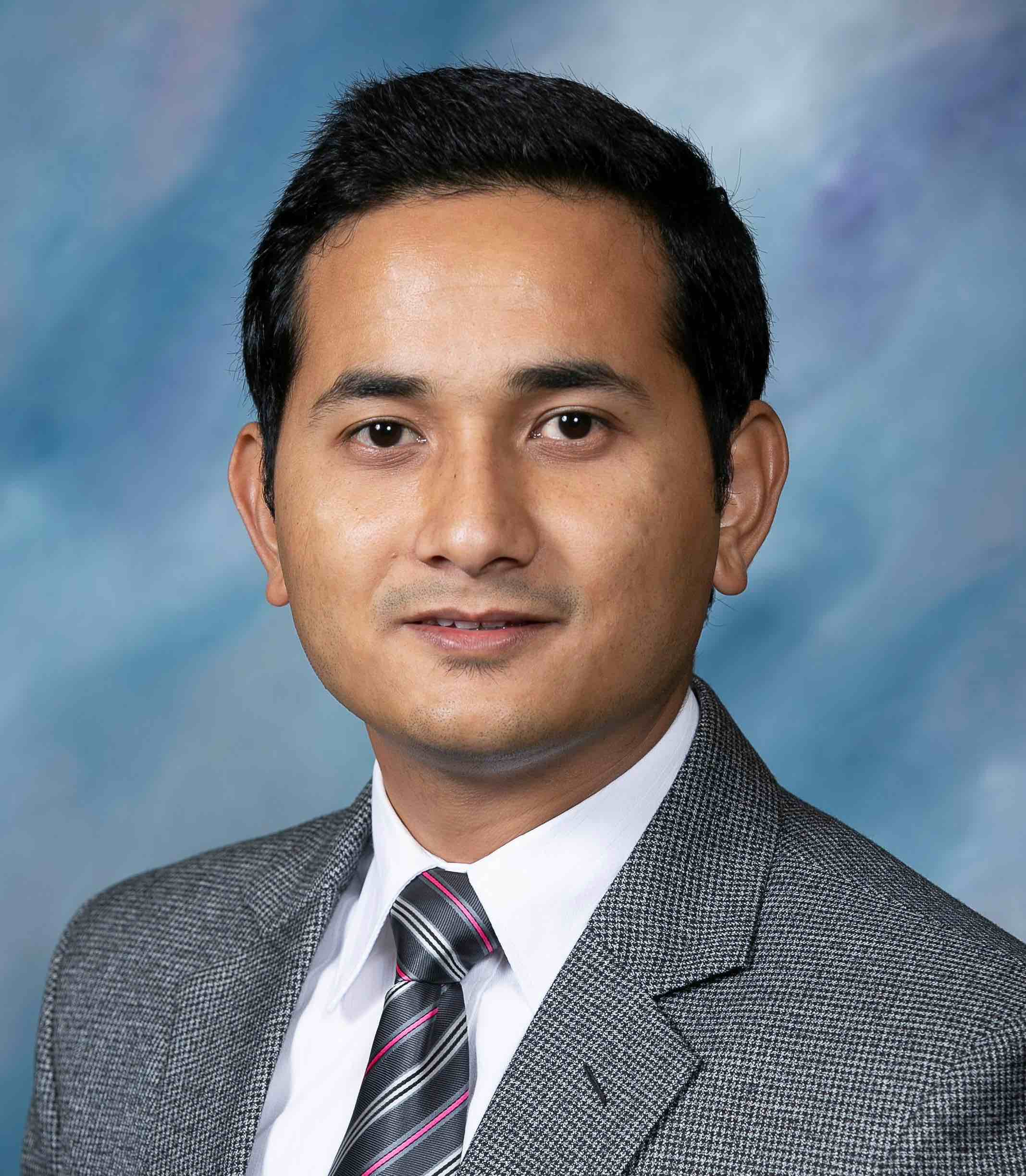
Dept. of Computer Science and Engineering
University of South Florida
Tampa, Florida 33620
Email: sulavmalla@mail.usf.edu
Curriculum Vitae | LinkedIn
Teaching
Instructor
In summer 2018, I taught the course Program Design (COP 3514) which introduces students to the C programming language in a networked environment.
| Summer 2018: | Program Design (COP 3514) |
Teaching Assistant
As a graduate student at the Department of Computer Science and Engineering, I have worked as a teaching assistant for multiple courses at University of South Florida.
| Summer 2017: | Computer Architecture (CDA 4205) |
| Fall 2016: | Computer Animation (CAP 4034) |
| Fall 2016: | Human Computer Interface (CEN 3722) |
| Spring 2016: | Computer Networks for IT (CNT 4104) |
| Fall 2015: | Computer Networks (CNT 4004) |
Teaching Philosophy
I believe learning is the active process of acquiring, analyzing, and ultimately creating knowledge. My role as a teacher is to create an engaging environment and facilitate this learning process. Creating a safe and friendly classroom environment, helping out students during as well as outside of class, and providing challenging assignments with timely feedback, are some of the ways I fulfill my role.
I believe active learning, where students are involved in the teaching-learning process, is more effective and long lasting. While lecturing in class, rather than simply going over the material and stating facts, I use the Socratic method of teaching where I ask students questions and encourage them to think critically and argue with logic. For example, in my programming class, after I teach the students about various types of looping constructs, I ask them which one they would use in a certain scenario and why. This elicits ideas to be shared among the students and I coordinate the discussion towards the correct answer. Similarly, when I get a question from a student, most of the time, I pose the same question to the entire class for a lively discussion.
My job as a teacher is to facilitate students' learning and challenge them with thought provoking open-ended questions while simultaneously whetting their appetite to learn more. I generally like to give real-world usage and practical examples of what I am teaching. For example, when I am teaching about different kind of data structures, I provide examples of how stacks are used in a computer program or how queues are used in computer process scheduling. I also like to provide analogies so that students are better able to grasp the concept. For example, I use a pile of paper to illustrate how a stack grows/shrinks and the concept of "First In Last Out".
I know that different people learn differently. While some learn visually, others learn by practice. I use relevant comics and videos, whenever appropriate, that visually illustrate the concept I am teaching. I also provide demonstrations when lecturing. For example, I use sample programs if I am teaching a programming class.
Preconceived ideas can hinder or help learning, which is why I probe prior background knowledge of students, through a quick survey or pop-quiz, before starting a new topic. This helps me determine the level of detail I should go into while teaching and also if the students need to unlearn any misconception. Similarly, I use various classroom assessment techniques like think-pair-share, one-minute paper etc. to check student understanding, figure out which topic they are struggling with, or whether I need to re-adjust my teaching methods.
Since, different people learn in different ways, I believe one form of assessment cannot properly assess their learning. In addition to formative assessments, I have different summative assessment like projects, homeworks, quizzes, and exams in my courses. Some student might struggle during exams due to anxiety and time pressure while perform very well in projects and homeworks. Having multiple assignments under each type of assessment techniques provides students with several “second chances” to demonstrate their learning. In order to have a fair and impartial evaluation I create precise and clear rubrics for all of my assignments.
I realize that teaching is dynamic process and I need to continually improve my teaching skills. After the end of every course, I carefully read my student evaluation to improve my teaching as well as the next iteration of the course. I do not only rely on this end of the semester evaluation but also conduct my own midterm student feedback survey such that I can improve the ongoing course immediately. I have also taken a 10 week long formal training course called Preparing for College Teaching to understand the best practices. The main takeaway from this course has been the idea of "Backward Course Design", that is, to start designing a course with end goal (objective and outcomes) in mind and then design assessment techniques and teaching-learning activities throughout the course in alignment with these goals.